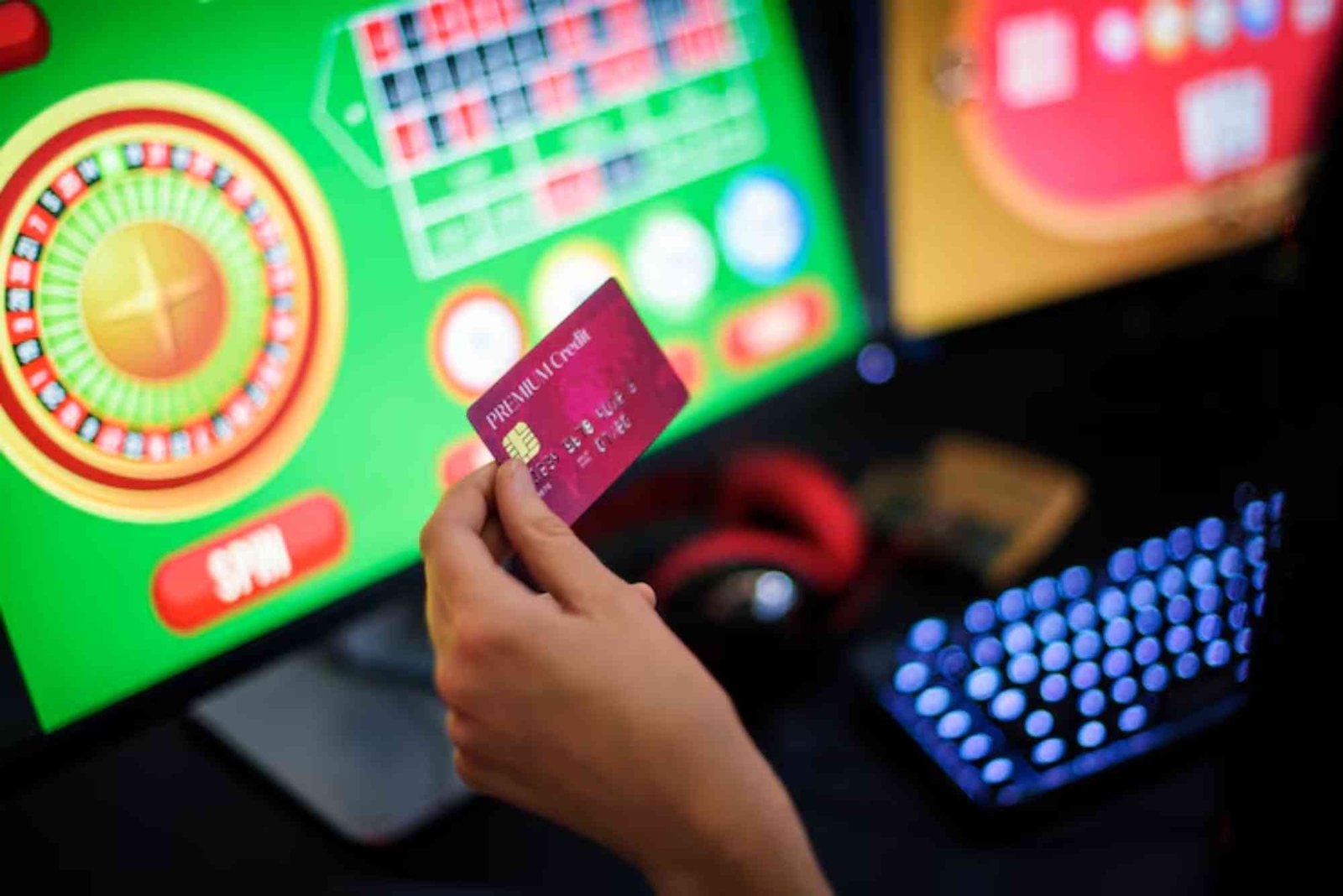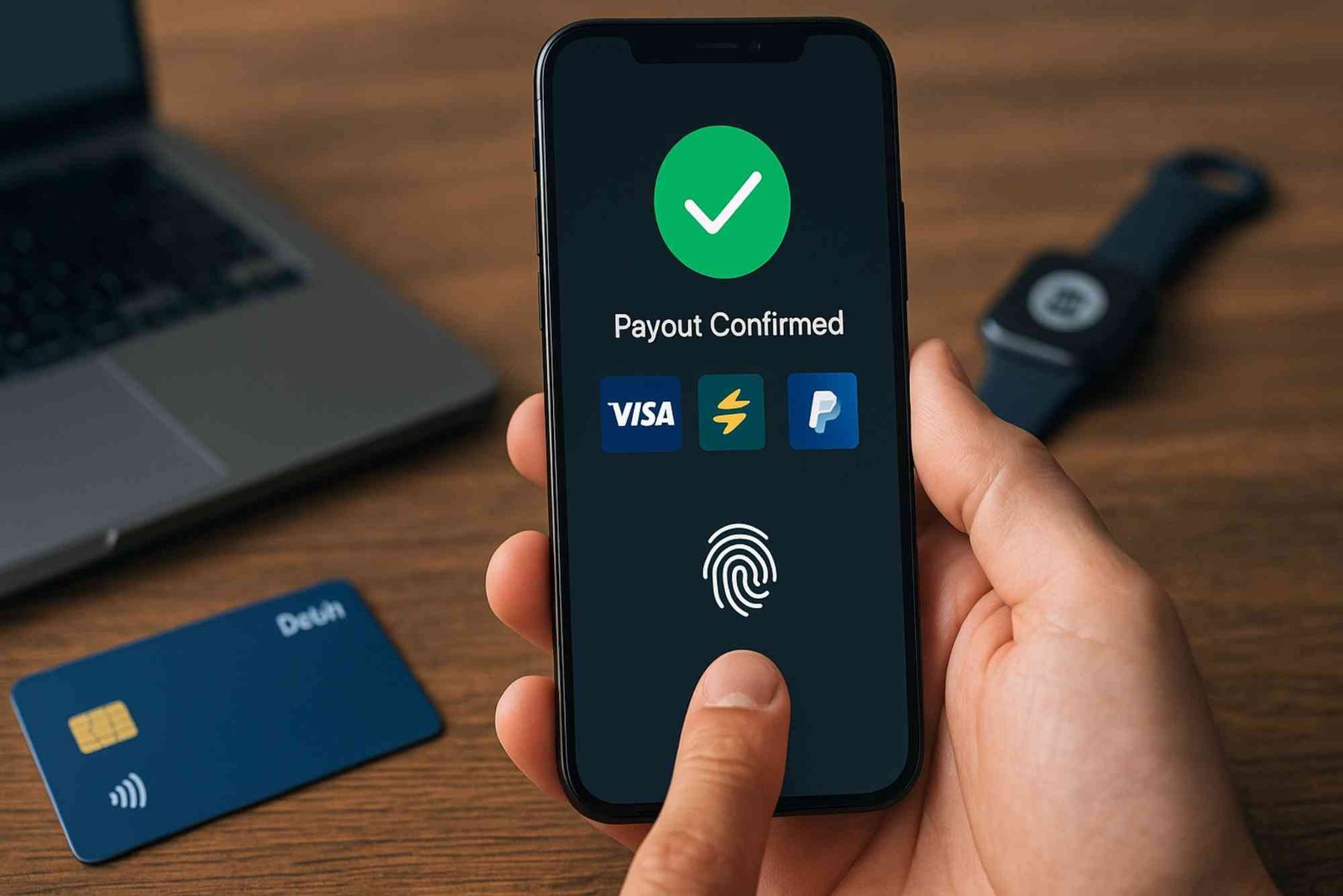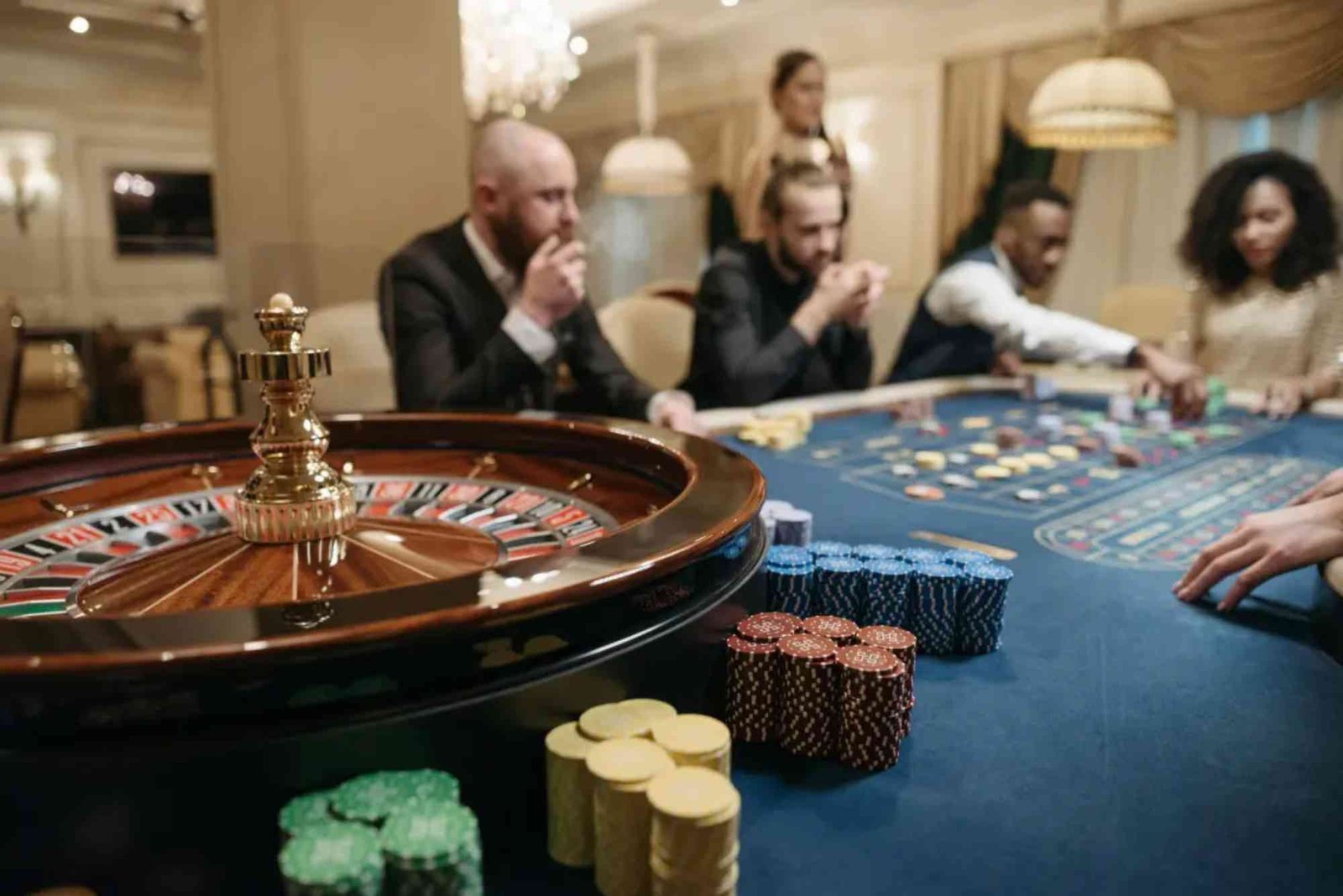Slot machines are masters of perception. Even though each spin’s outcome is determined by a random number generator (RNG), clever design tricks can make near misses feel tantalizingly real. If you’ve ever spun the reels and come agonizingly close to a big win—just one symbol shy—then you’ve experienced a “near miss.” But how exactly do casinos simulate these almost-wins, and why do they keep players glued to the machines? In this article, I’ll break down the psychology and technology behind near misses, share real-world examples, and provide practical insights for both players and curious observers.
The Psychology Behind Near Misses
When a slot’s symbols line up just off the payline, many of us feel unsure whether to celebrate or lament. That tug-of-war between hope and disappointment is no accident—it’s hardwired into our brains.
Near Misses Trigger Reward Centers
Studies using functional MRI scans have shown that near misses activate the same brain regions as actual wins. The ventral striatum, part of our brain’s reward circuitry, lights up when we see two matching symbols and one just off-line, giving us a rush akin to winning. That brief surge of dopamine encourages us to play on, chasing the jackpot that “almost” was.
Illusion of Control
Near misses also feed into the illusion of control—the belief that our actions influence chance outcomes. When you see two cherries aligned perfectly, your mind whispers, “If only I’d pulled the lever a fraction earlier…” Even though each spin is independent, near misses make us feel like timing and skill matter, increasing our engagement and bet frequency.
How Designers Engineer Near Misses
Creating a compelling near-miss experience involves more than luck. Developers carefully program reel strips and RNG weightings to sprinkle these almost-wins at just the right frequency.
Weighted Reel Strips and Virtual Reels
Behind the scenes, modern slot machines don’t use physical reels but “virtual reels” mapped onto symbol positions. Designers assign each virtual reel position a weight—some positions are more likely to stop than others. By clustering high-payout symbols close to the payline on these strips, developers ensure that near misses occur more often than true wins, but still infrequently enough to maintain regulatory compliance.
Dynamic Animation and Sound Effects
A well-timed jingle or reel slowdown can amplify the near-miss effect. When the third reel hesitates or the winning sound cue nearly starts, players brace for a big score—only to see the symbol fall just short. These audiovisual cues heighten tension and make the near miss feel more impactful than a generic losing spin.
Real-World Examples and Case Studies
I’ve tested dozens of slot machines across land-based casinos and online platforms. Here are some notable examples of near-miss design in action.
Classic 3-Reel Slots
In vintage-style 3-reel slots, you’ll often see two BAR symbols and one indented BAR. The reels might slow on that last symbol, accompanied by a “ka-chunk” sound effect, making you think a win is imminent. Although the payout table shows little to no edge, the near-miss drama keeps players feeding coins.
Video Slots with Bonus Rounds
Modern video slots like “Mega Fortune” or “Book of Riches” integrate near misses into their bonus triggers. You may need three scatter symbols to enter the free-spin round. Often, you’ll see two scatters on the first two reels, only for the third scatter icon to appear just above or below its designated spot. That near miss compels players to spin again in hopes of triggering the bonus.
The Role of Regulation and Fair Play
Given their psychological impact, near misses have drawn regulatory attention. It’s crucial for both operators and players to understand the boundaries.
Regulatory Standards
Authorities like the UK Gambling Commission require that near misses not be misleading. While they permit weighted reels, casinos must disclose RTP (return to player) rates and ensure that animations don’t mask the true odds. In most jurisdictions, near-miss frequencies are audited to confirm they align with published probabilities.
Player Protection Measures
For some players, near misses can exacerbate problem gambling behaviors. That’s why responsible operators—especially in non GamStop casino environments—offer self-exclusion tools and clear information on the odds. You can learn more about player resources at reputable sites like non GamStop casino.
Balancing Entertainment and Awareness
Near misses add excitement, but awareness helps keep your play in check.
Tips for Players
If you notice near misses fueling your urge to chase losses, pause and assess your budget. Set time and money limits before you start playing. Remember that each spin is independent: past near misses have no bearing on your next outcome.
Responsible Design Trends
Some forward-thinking developers now include configurable features—like optional “auto-spin” with caps, clearly labeled pay tables, and pauses after a series of near misses. These measures aim to preserve the thrill of slots while minimizing potential harms.
Looking Ahead: The Future of Near Misses
As technology advances, near-miss simulation will evolve too.
AI-Driven Personalization
Artificial intelligence could tailor near-miss frequency to individual play styles, adjusting weightings in real time to optimize engagement. While that may boost enjoyment for casual players, regulators will need to ensure it doesn’t cross into manipulation.
Immersive VR and AR Experiences
In virtual reality casinos, near misses may manifest as environmental cues—a chandelier flickering or the dealer offering a sympathetic nod. Augmented reality could overlay near-miss indicators onto real-world slot cabinets, adding another layer of suspense.
In conclusion, near misses represent a fascinating intersection of psychology, technology, and regulation. By understanding how slot machines simulate near misses—from weighted virtual reels to dynamic sound effects—you’ll appreciate both their entertainment value and the importance of responsible play. Whether you’re a casual spinner or an industry insider, being informed is the best way to enjoy the thrill without losing sight of the odds.



